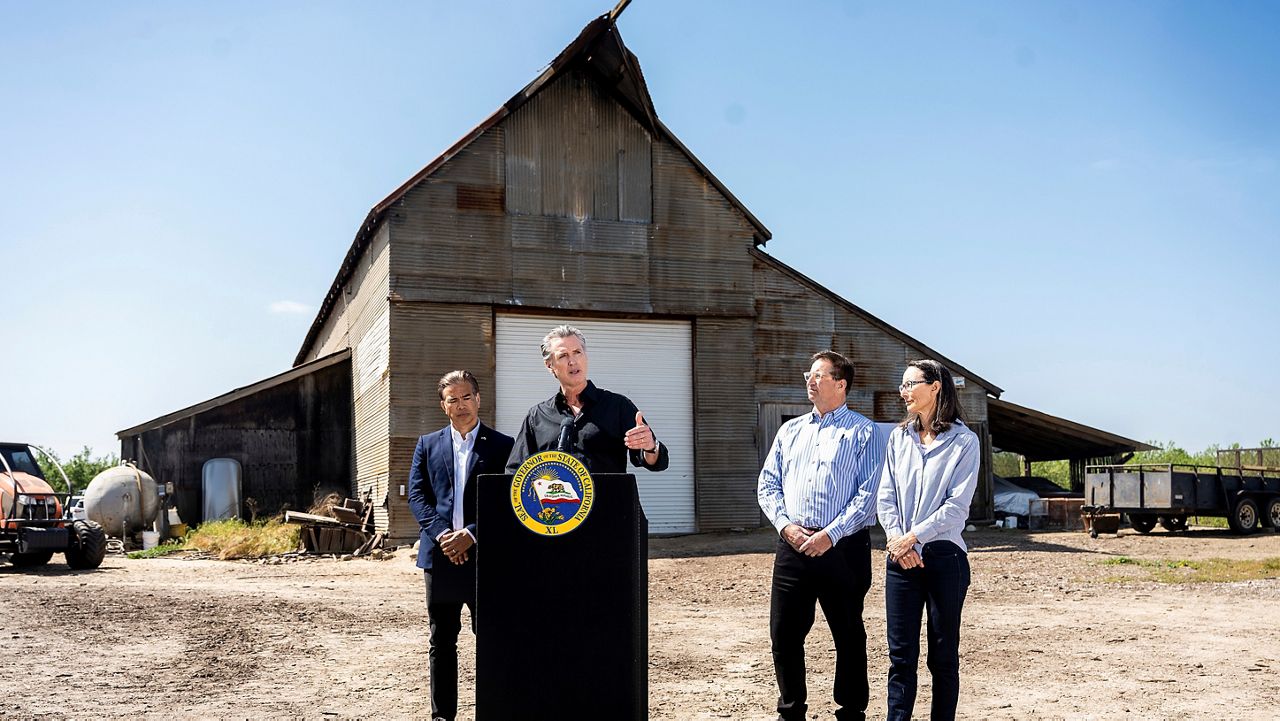SACRAMENTO, Calif. — There are many beautiful reasons, Iva Walton said, about living and working alongside the Sacramento River.
But she’s also aware it means living in a high flood-risk area.
“I literally have a view of the river and the highway, and well aware that where we’re standing right now is probably about eight feet below sea level,” said Walton, owner of Mei Wah Beer Room in Isleton. “We’re underwater right now. Luckily, there’s a levee.”
Naturally, Walton said it means flood insurance in her town of Isleton is a high priority for many.
The California insurance market has been described as difficult, with many people having few insurance options for flood and property insurance.
High costs are another hurdle, which Walton said she’s experienced.
“My stuff (insurance costs) went up 30% this year and 40% the year before,” Walton said.
FEMA data shows less than 2% of Californians have flood insurance.
It’s part of why the town is working with UC Davis researchers on a state-first insurance pilot program with funding from the Department of Water Resources to create a community insurance program.
An exciting prospect, Walton said.
“This would be a way to immediately have some way to take care of things,” she said. “Take care of yourself, take care of your building, your community. And I love that idea.”
Payments being triggered immediately is a major component.
Traditional policies and government aid can take many weeks to disperse.
Initially, the program would supplement people’s traditional flood insurance.
According to UC Davis lead researcher and former FEMA engineer Kathy Schaefer, the annual community policy cost could range from $50 - $500 a year per person, creating a sizeable single policy and an attractive proposition to insurance companies.
“The whole program was developed with input from the insurance community and is targeted to be a Goldilocks arrangement that is attractive to homeowners, and property owners.”
Plans are also being made to include renters.
Schaefer said the triggered amount could also cover people’s deductibles on their traditional insurance policies, meaning they may get a higher level of coverage.
It would also give the community bargaining power and the ability for their pool of money to be invested, which could help subsidize the policy cost.
Grant money will cover the cost of the first year of coverage for the town of Isleton.
The town will then be asked to vote on whether it should become permanent and will then be covered by each resident, with the final coverage amount to be determined.
The framework of the policy could also be replicated, Schaefer said, for other natural disaster policies.
“It absolutely could be replicated,” Schaefer said. “It’s a little less appropriate for fire, but there’s certainly no reason the framework could not be duplicated for a fire (insurance model).”
Something Walton said she is aware of.
“I actually think this little town could end up being a guiding light to larger cities,” Walton said.
So, people might worry a little less, Walton said when a disaster strikes.













